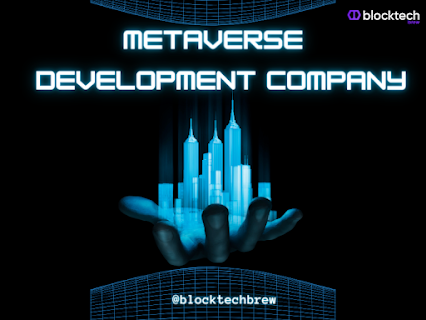How to build a blockchain app in 2022?
Blockchain has become a mainstream technology in today’s world that is disrupting every sector. Though blockchain has been with us since 1991, it was rediscovered in 2009 when Satoshi Nakamoto created Bitcoin.
Since then blockchain has proved itself to be an intelligent technology that will transform our future. In 2022, Companies are heavily investing in blockchain development services to enhance their business processes. Big techs, financial firms, and entrepreneurs are employing blockchain applications to automate their systems. They are looking to capitalize on the immense potential of blockchain by launching decentralized business models.
You can too build a blockchain app in 2022 and kickstart your business. There are several existing blockchain platforms where you can deploy your applications. However, building your own blockchain is the best way of all.
Why You Should Build Your Own Blockchain?
You can quickly build your own blockchain from scratch that caters to all your business needs.
Here are some of the benefits of creating your own custom blockchain.
Your choice of consensus algorithms and mechanism
Your selection of security, scalability and decentralization protocols as per your business needs
Own choice of programming language like java, python, solidity etc.
Control of codebase
Flexibility
Ability to customize and update as and when required
8 Steps To Building Your Own Blockchain
Let us decode how to build your own blockchain from scratch.
Select A Suitable Use-Case
The first step is to identify how blockchain can help your business. It is the most important step in understanding the potential of blockchain.
Data Authentication: Blockchain is a distributed ledger technology that securely stores all types of data. The data stored are immutable and hack-proof. Blockchain also generates two pairs of keys (public and private) used for verifying digital signatures for transaction purposes.
Smart Asset Management: It includes the secure and decentralized way of payments, transactions, escrow, and exchange. Blockchain also enables the tokenization of virtual and real-world assets for seamless and transparent trade.
Smart Contracts: These are digital contracts that self-execute themselves when the pre-set terms and conditions of the contract are met.
Select A Suitable Consensus Mechanism
Most of the existing blockchains are based on the PoW (Proof Of Work) or PoS (Proof of Stake) mechanism. However there are other mechanisms as well like Byzantine fault tolerant, Deposit based consensus, Federated Byzantine Agreement, Derived PBFT, Proof of Elapsed Time, Redundant Byzantine Fault Tolerance, Federated consensus, Simplified Byzantine Fault Tolerance, Round Robin, and Delegated Proof of Stake.
You can analyze all the mechanisms and choose the one that can smoothly fulfill all your business needs.
Identify Relevant Platform
According to the consensus mechanism you have selected, choose the most suitable platform. Some of the popular platforms are Corda, BigchainDB, Credits, Chain Core, Ethereum, Hydra Chain, Multichain, Stellar, etc.
Design The Nodes
In this step, you will have to analyze and decide how you want your blockchain solution. You can choose a permissioned or permissionless blockchain. Also, your blockchain solutions can be private, public, or hybrid.
Another important factor is to decide whether you want to run your nodes on the cloud, on-premise, or both.
Based on your decision, you will then have to select the hardware and base operating systems.
Designing The Blockchain Instance
Further, you will have to customize your blockchain platform to incorporate the following functionalities.
Permissions
Asset issuance
Atomic exchange
Multi-signature
Address formats
Native assets
Key management
Native assets
Key format
Block signature
Hand-shaking
Building The APIs
Here are some of the APIs that you will need:
Generating key pairs and addresses
Performing audit-related functions
Data authentication through digital signatures and hashes
Data storage and retrieval
Smart-asset lifecycle management
Smart contracts
Designing Admin & User Interface
In this step, you will have to select the programming and front-end languages. You will also have to select the most relevant external databases and servers.
Touch Of Future Tech
Adding a touch of futuristic technology to your blockchain will enhance its efficiency and performance. You can enhance your blockchain solution by integrating AI, Clouds, Bots, ML< IoT and Data Analytics.
Conclusion
You can build and deploy enterprise-grade solutions with the help of blockchain development services. Even if you are looking to enter the NFT market, NFT Marketplace development services that deliver NFT services on your customized blockchain are the best route to business success.
Building your own customized blockchain enables you to configure the features, functionalities and choose the algorithms as per your business needs.



Comments
Post a Comment